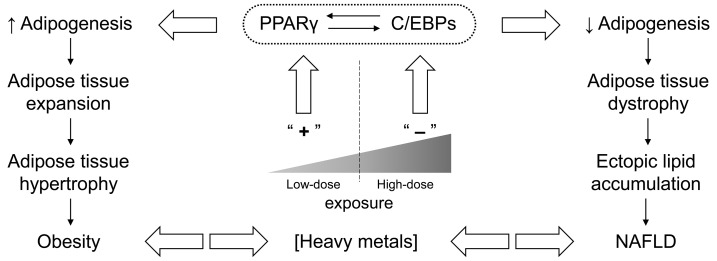Figure 1. A schematic representation of biphasic adipogenic response to heavy metal exposure.
Briefly, low-dose exposure (left) may upregulate key adipogenic factors C/EBPs and PPARγ, thus promoting excessive adipogenesis and contributing to obesity and diabetes mellitus. In turn, “high-dose” metal exposure (right) may inhibit adipogenesis through downregulation of C/EBPs and PPARγ that may be associated with toxic effects of the metals because of pro-inflammatory and pro-oxidant activity. Under positive caloric balance, reduced adipogenic capacity results in increased ectopic lipid accumulation and lipotoxicity, including that in non-alcoholic fatty liver disease (NAFLD). However, in vivo and in vitro dose-response studies are required to clarify the association between toxic metal exposure and adipogenesis. C/EBP, CCAAT/enhancer-binding protein; PPARγ, peroxisome proliferator-activated receptor gamma.

